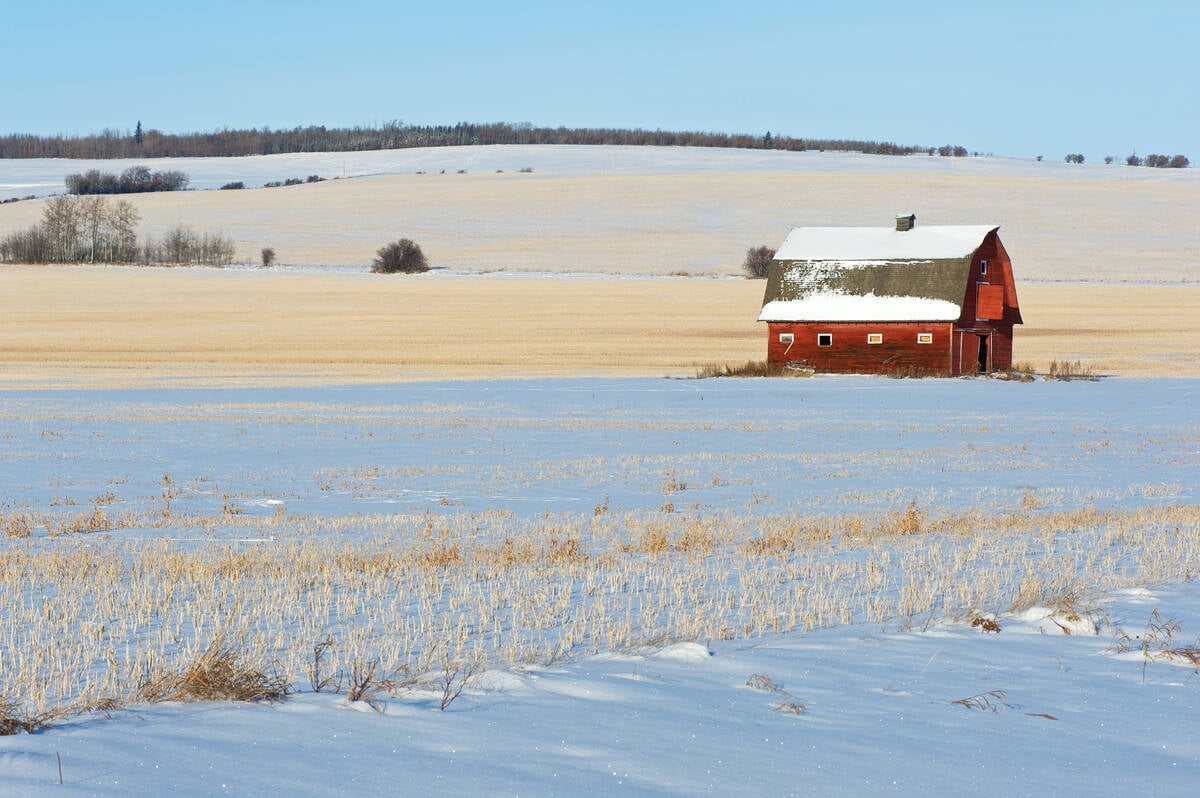Producers in Western Canada who hope to get an early start to seeding will be disappointed, given that the weather is not expected to be very co-operative over the next couple of months.
“There is definitely going to be a bias to wet and cooler weather conditions over the next couple of weeks across the grain and oilseed growing areas of the Canadian Prairies,” said Drew Lerner of World Weather Inc. at Kansas City.
It will be April before any thaw in the snow cover on the Prairies begins in earnest, he said.
Read Also

Prairie forecast: Plenty more chances for snow over Holidays
The pattern of Pacific storm system after Pacific storm system looks set to continue for a while longer. We begin this forecast period with a heavy snowfall warning in effect across parts of Alberta.
“Of course as we melt the snow, we are going to create flooding, and that will keep producers out of the fields across a big portion of Manitoba and parts of eastern sections of Saskatchewan for an extended period of time,” Lerner said.
There is going to be an awful lot of water standing around this year, he noted, as the ground in Western Canada is still very heavily saturated with moisture.
“This means that the only place the water run off can go is downstream, and until the ice is gone out of the rivers, that movement will also be slower than normal,” Lerner said, noting this is not a very pretty picture at the moment.
Conditions heading into the spring are also expected to be colder and wetter than normal, meaning snowmelt and spring runoff could come later than normal for a lot of prime cropland and in turn delay seeding, Lerner said.
“There are going to be a few areas located in the Peace River region of northern Alberta and some areas within central and southwestern Saskatchewan (where) producers may be able to get crops seeded early, but other than that planting will come later than usual in most other regions,” he said.
Some of the seeding in these areas may be able to start in mid- to late April.
However, in the majority of the other prime growing areas of Western Canada, particularly the eastern sections of the Prairies, it’s expected to be unlikely for farmers to be able to get into the fields until at least May or later, Lerner said.
In Alberta, especially in Edmonton and the surrounding area, there is still a large amount of snow on the ground, he noted.
“La Nina may dissipate”
A big concern for these extremely wet areas is that the crop models call for some fairly frequent precipitation during the spring melt, which was seen as keeping producers out of the fields longer than they may like, Lerner said.
“There are going to be some dry windows, but then the precipitation was expected to again become more frequent,” he predicted, noting producers in Western Canada have a pretty serious situation on their hands.
Based on the weather models he uses, Lerner said producers may wish to at least consider short-season crops, as late-seeded fields may be subject to earlier-than-normal frost conditions in autumn.
“I am certainly not willing to project the fall weather pattern yet, but it appears that La Nina may dissipate, allowing cooler temperatures to enter into the atmosphere,” he said. “If the cold air does get into the atmosphere, the chances of an earlier-than-normal frost at harvest time will also increase.”














